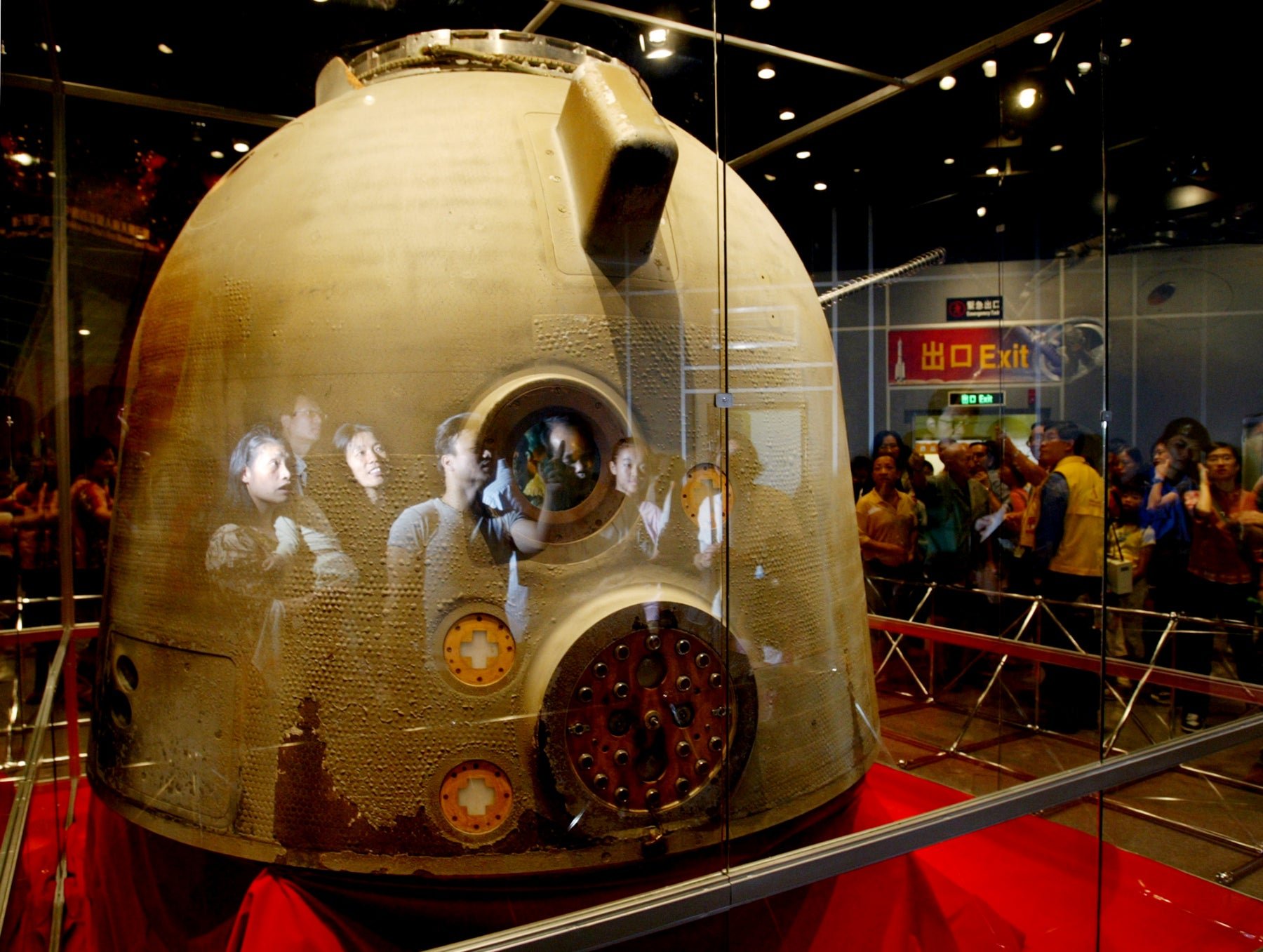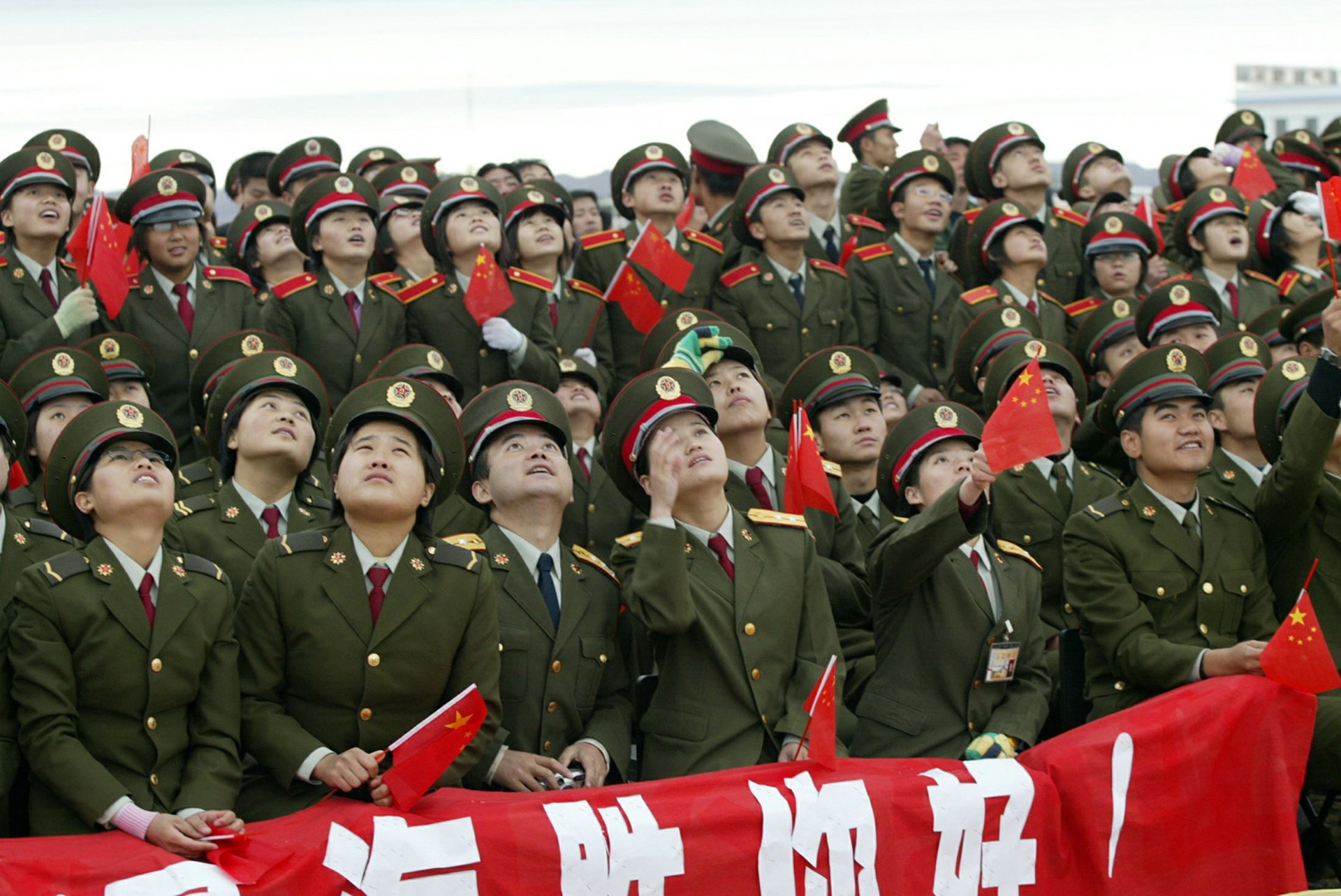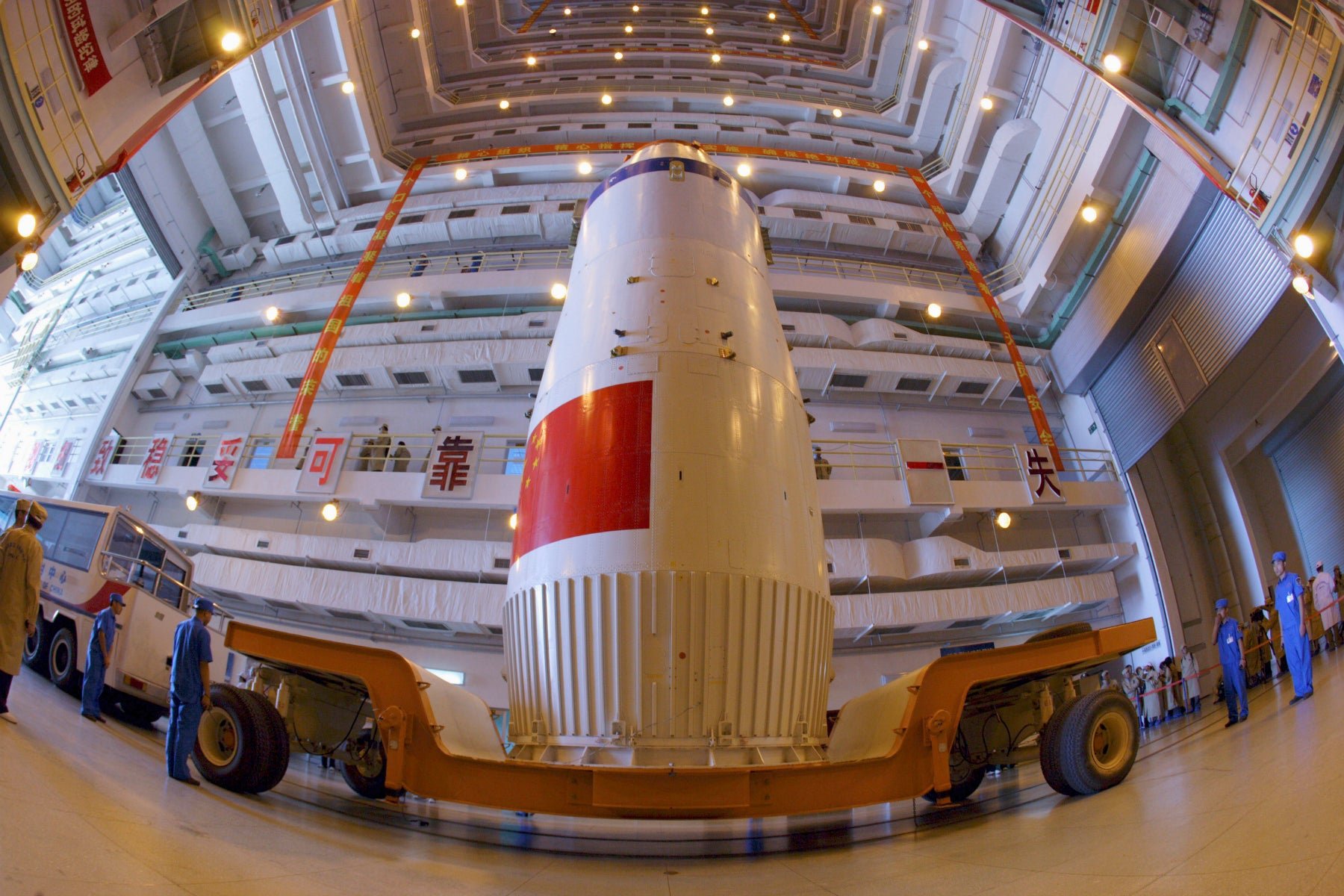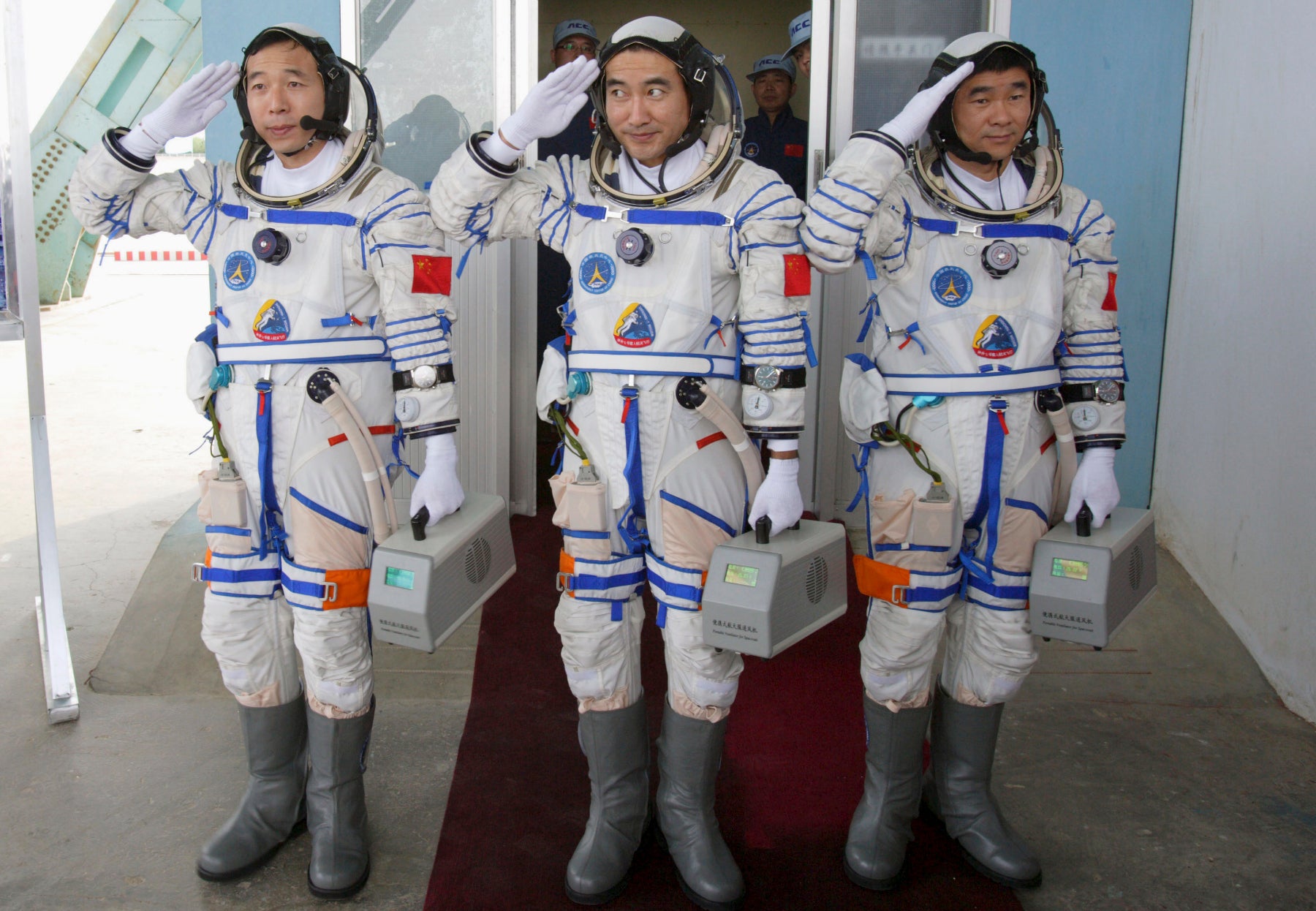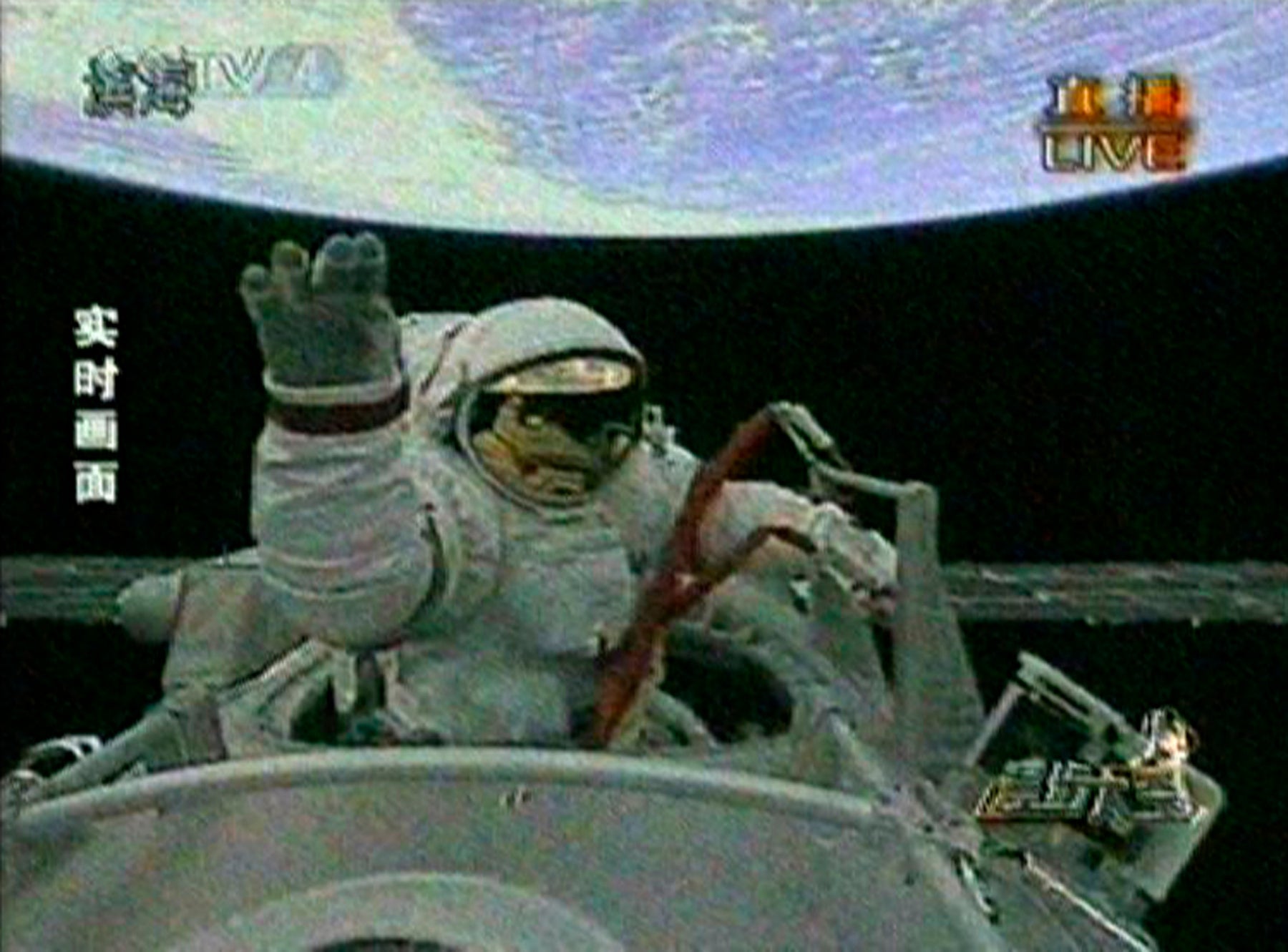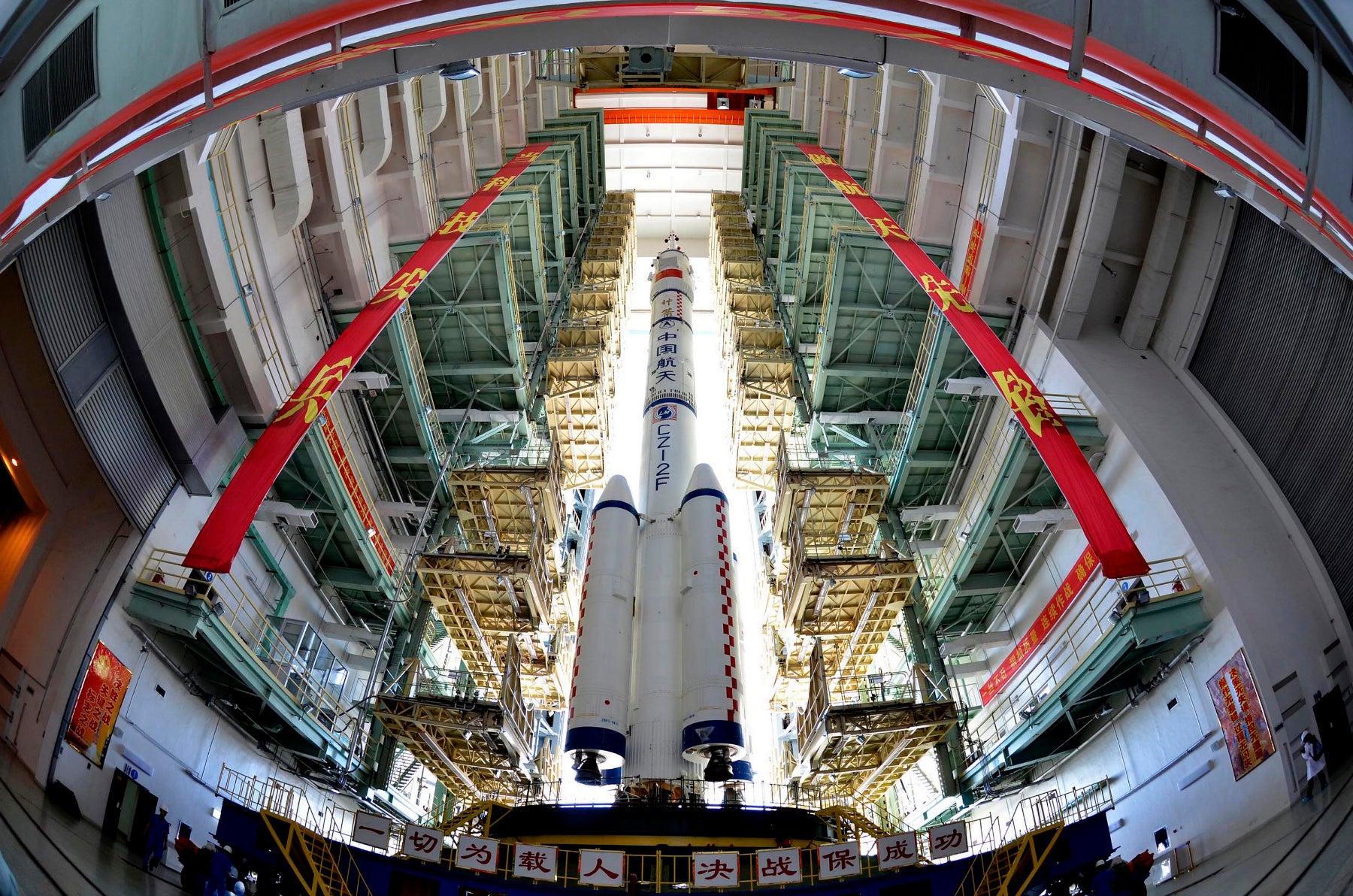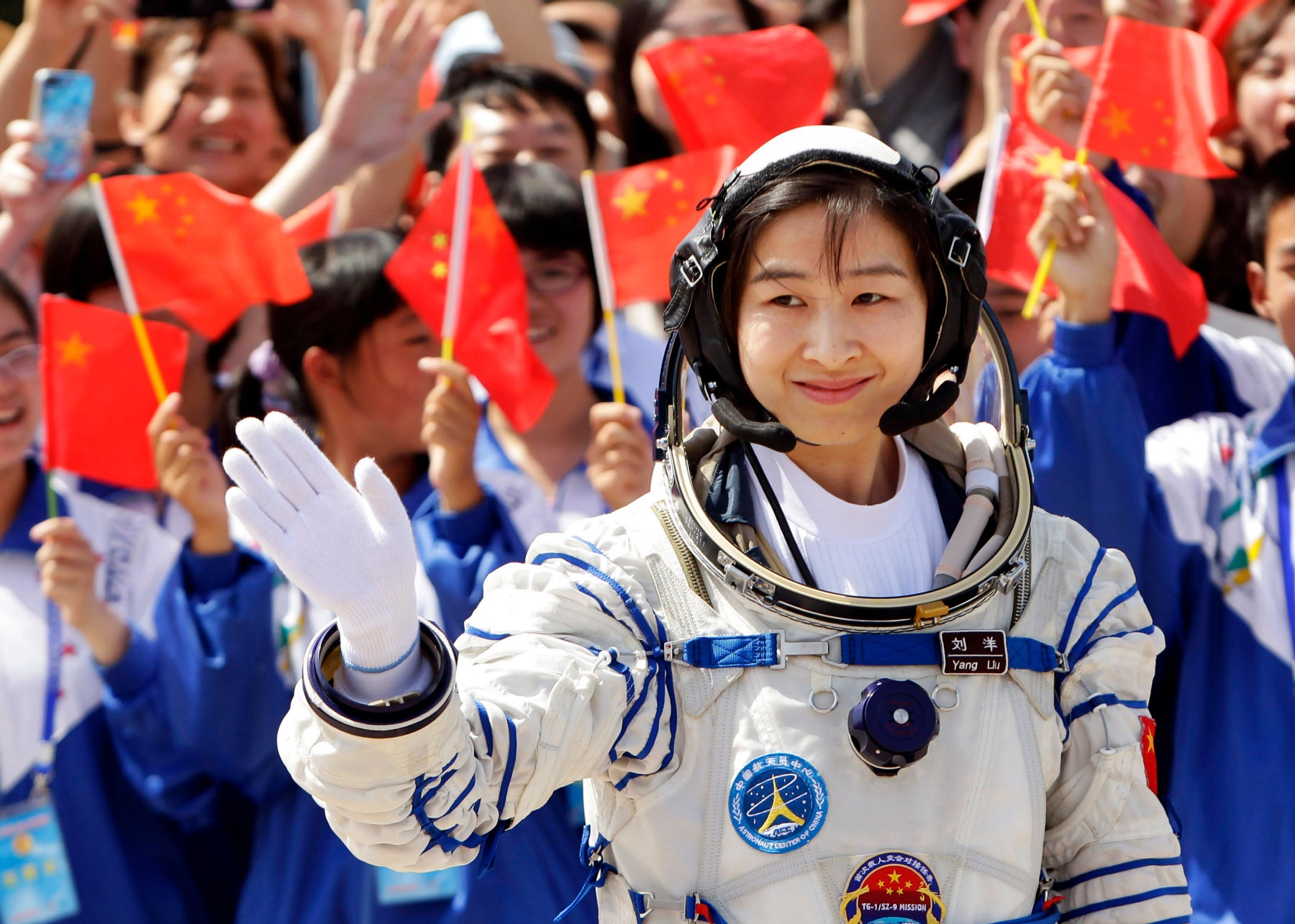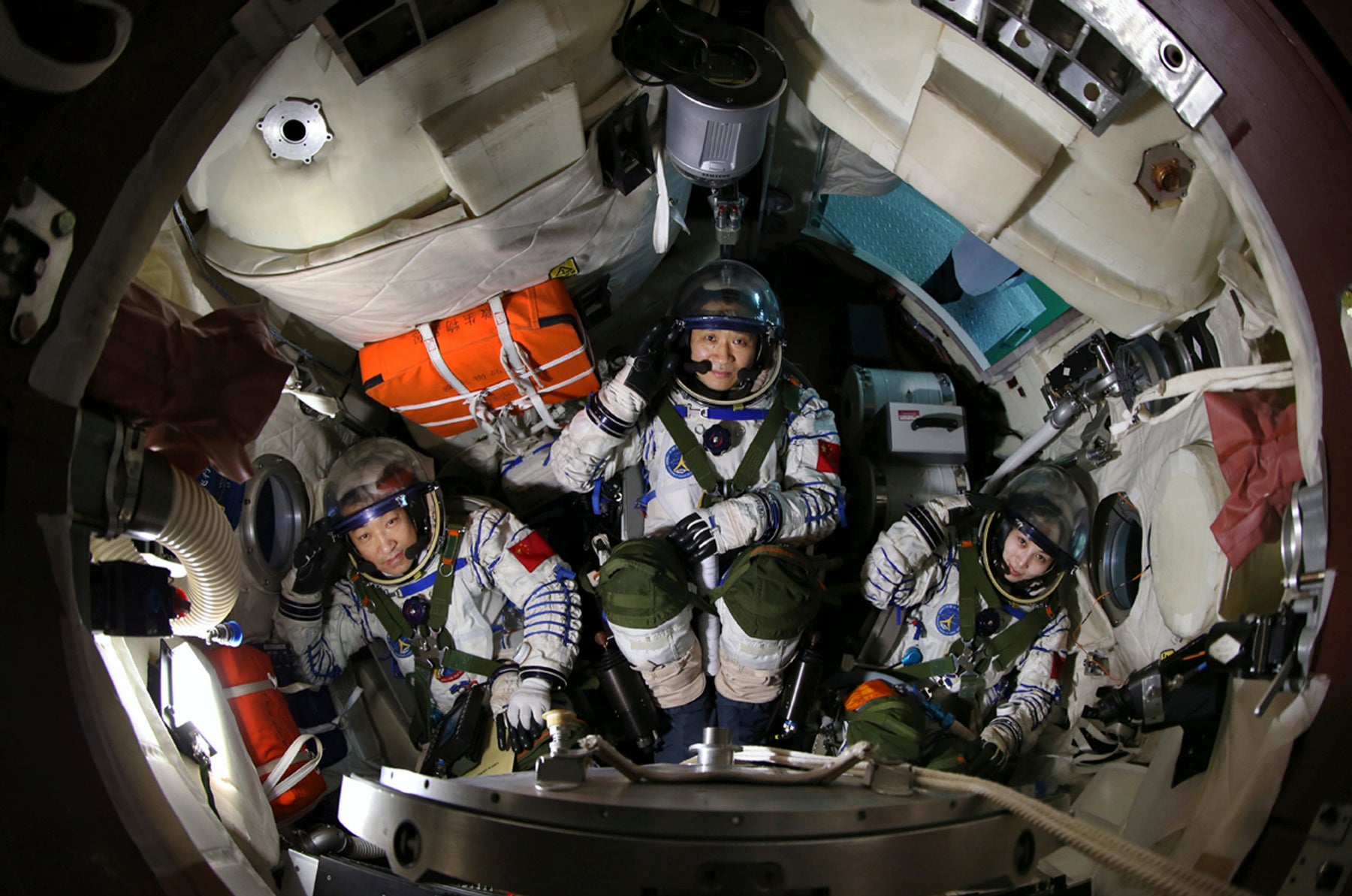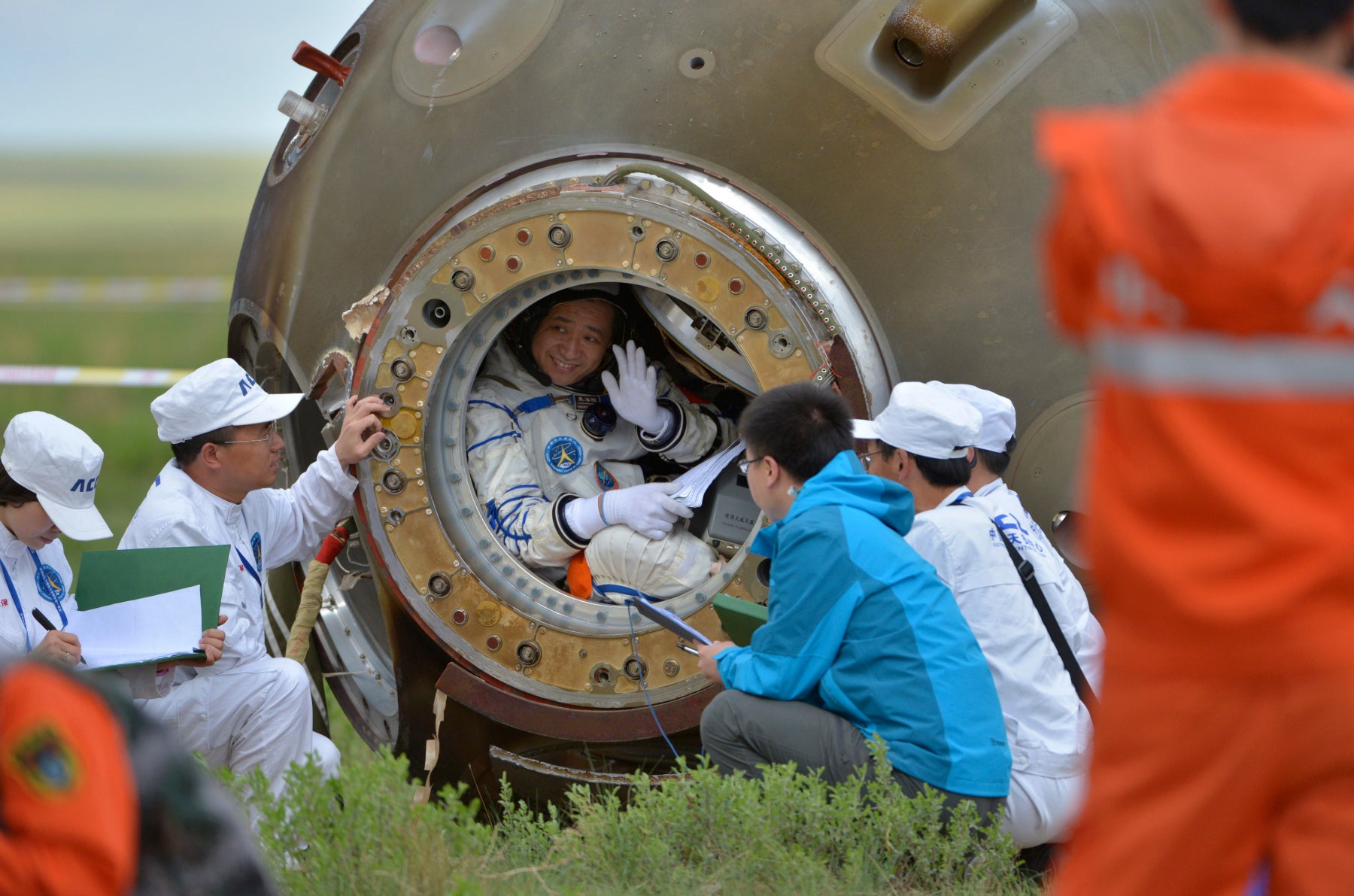China’s exuberant space program will make you feel excited about space travel again
Say what you will about China’s space ambitions—they are real, they are exciting, and they have come a long way.
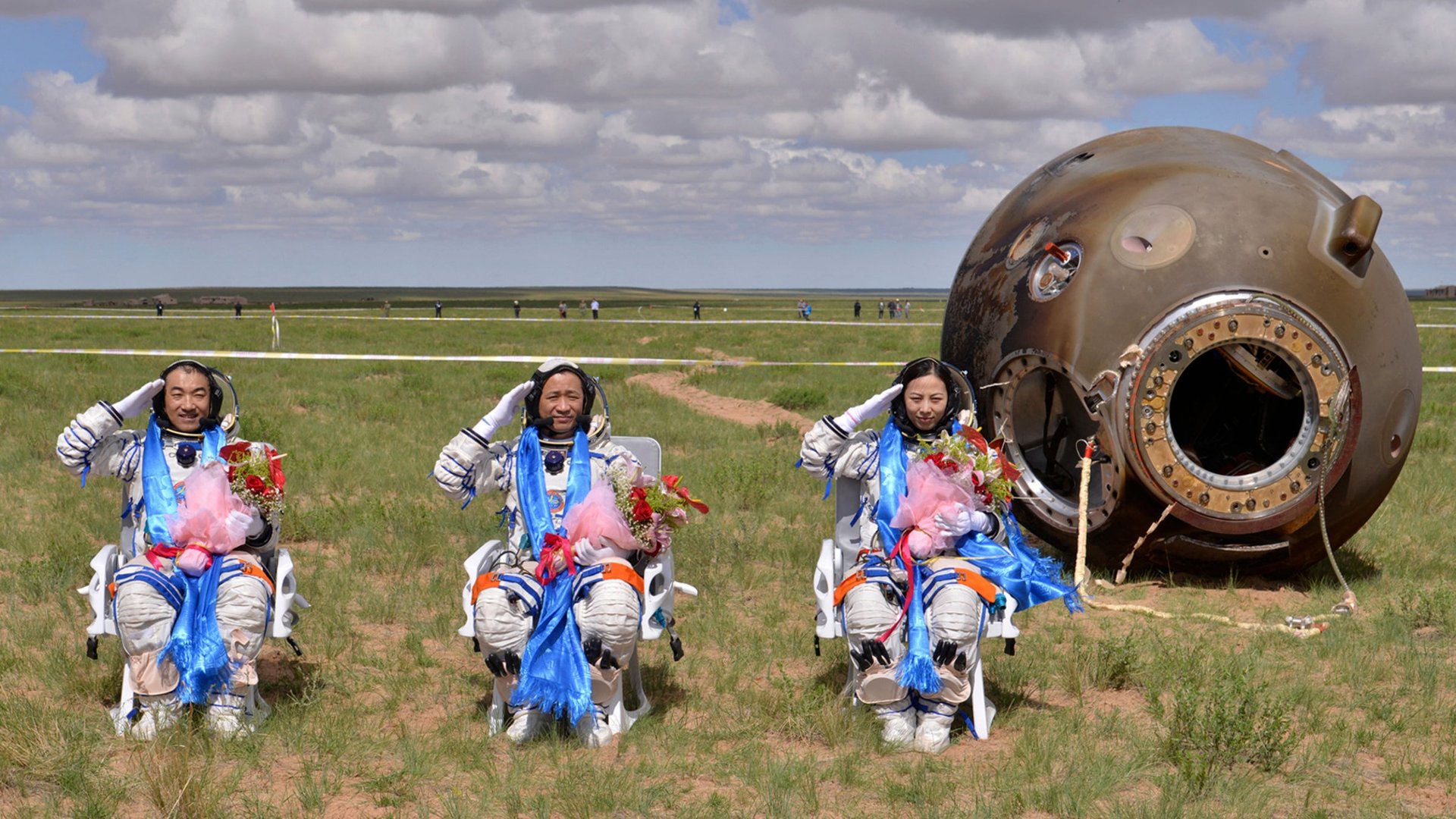

Say what you will about China’s space ambitions—they are real, they are exciting, and they have come a long way.
It was only some 10 odd years ago that China sent its first astronaut, Yang Liwei, into space. After orbiting the earth 14 times, and landing safely the following morning, Yang expressed his desire that others would feel inspired, saying ”I hope my experience will encourage more people to become interested in space technology and support space development.”
In the decade since his trip, China has launched four more manned space missions. In 2005, it sent two men into space. In 2008, China sent three, and completed a spacewalk. Last year it sent the country’s first female astronaut, Liu Yang, into space and back. And just last month, China sent three astronauts into orbit for 15 days.
True, the US and Russia have had manned space missions since the 1960s. But the US government is no longer as focused on putting people into space. Rather than centralizing its space efforts as it has in the past with NASA, the US is trying to cultivate a private sector of space travel currently led by private companies like Boeing, Elon Musk’s SpaceX and Sierra Nevada Corporation. While it’s possible that China, despite its advances, may be running the wrong race—namely, a race that countries like the US have since abandoned—it and Russia are the only two governments at the moment capable of independently sending humans into space. China has already become a more important player than Europe in both space research and travel, and by 2020, intends to build a massive and permanently staffed space station of its own.
It’s hard not to appreciate the excitement felt by a country still so ambitious about and invested in government-led space travel. China’s earnest dive into the space game, however late it may be, shouldn’t be laughed at—it should be lauded. Its newness to space travel is part of what makes it all so exciting.
